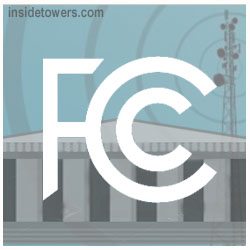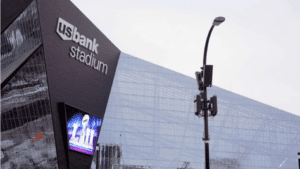
American Tower Corporation executives are pleased with the towerco’s financial performance in 2017. Company Chairman, President and CEO Jim Taiclet told brokers and Wall Street analysts on Tuesday’s earnings call: “We far exceeded our goals” for the 10-year plan. One metric — the company ended 2017 with 150,000 sites for towers and small cell systems; the goal was 100,000.
Officials estimate aggregate capex for mobile carriers to be in the $30 billion range in 2018. That bodes well for strong tenant lease growth this year for AMT, according to the executive. (See financial figures here.)
AMT is launching the next 10-year plan to “deliver operational efficiency to expand” profit margins, he said. The company’s core profit-maker remains its “extensive mobile tower footprint.” Taiclet said AMT would continue to build and acquire additional tower assets that meet its investment criteria.
Continue Reading











